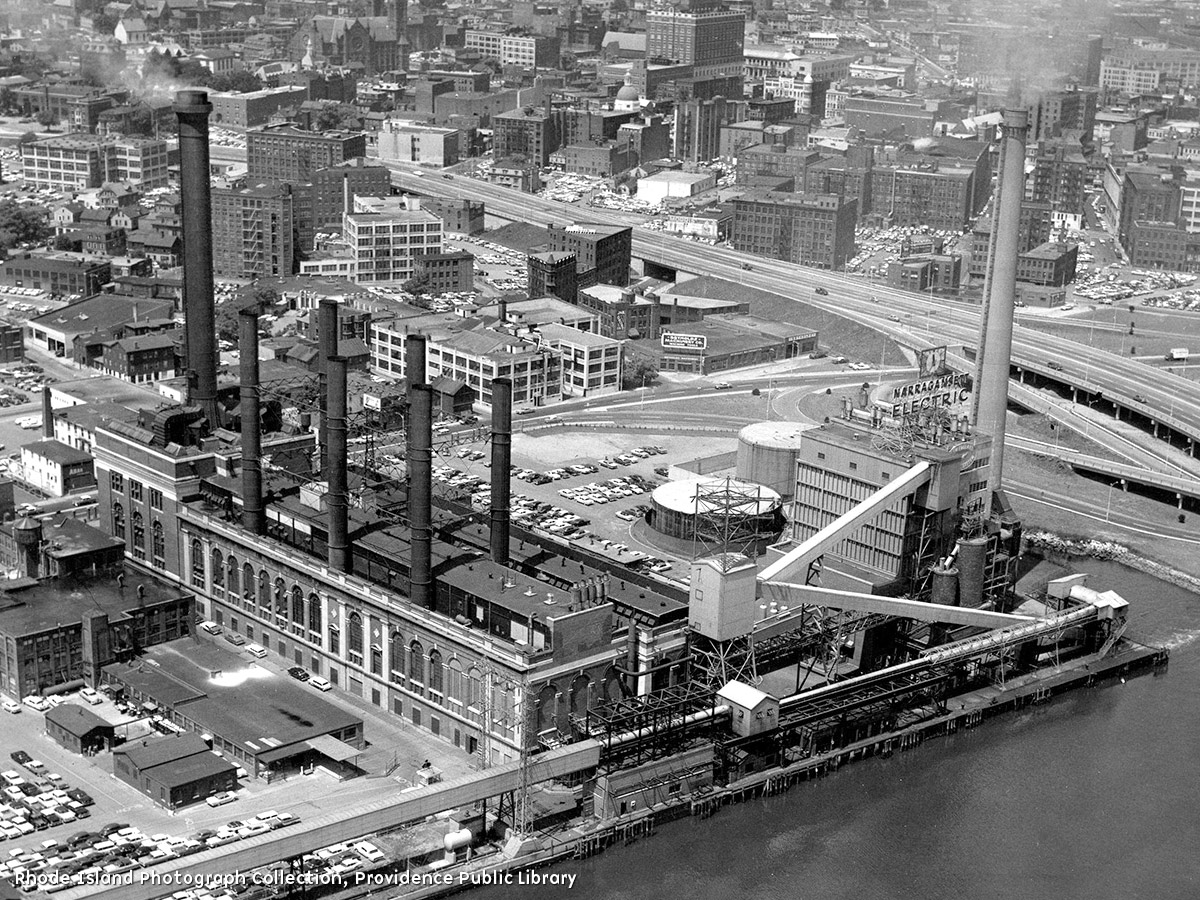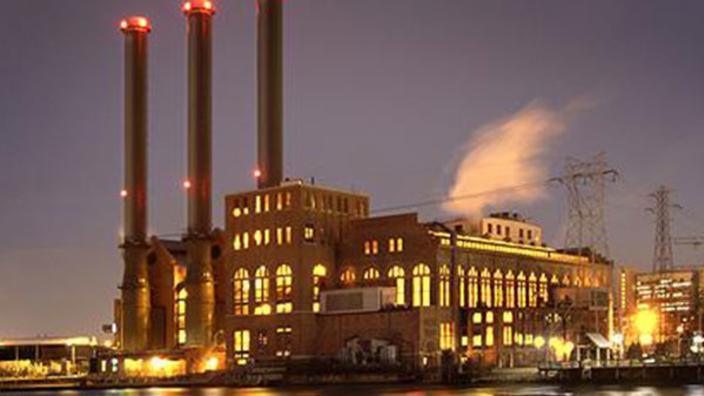Dr. Hillbilly
Aluminum
- Joined
- Dec 6, 2019
- Location
- Oregonia, Ohio
I just purchased a LeBlond built in 1919 which originally had a 3 speed motor which operated at 1500, 1000, or 500 rpm. That works for induction motors with 4, 6, and 12 poles on 50 Hz, but no pole configuration provides the speeds stated on 60 Hz.
Can someone illuminate me?
Can someone illuminate me?



